.
A European Space Agency bid to develop a small, reusable spaceplane in the 2017-2018 timeframe is on track for a summer 2014 launch to test key re-entry technologies, following a successful helicopter-drop splashdown trial.
That June 2013 test, off the east coast of Sardinia, Italy, of a full-scale prototype of the Intermediate eXperimental Vehicle (IXV) left ESA confident that the vehicle will survive splashdown and recovery following its planned suborbital launch on a Vega rocket from Kourou, French Guiana in summer 2014.
The Vega test launch was originally set for 2013, but contract negotiations between industrial partners forced a delay. However, programme head Giorgio Tumino says the recovery test success coincided with a "consolidation" of plans, and integration of the live vehicle is underway at Thales Alenia Space in Turin. Pre-launch testing will be carried out by ESA in the Netherlands before shipping to Kourou.
.
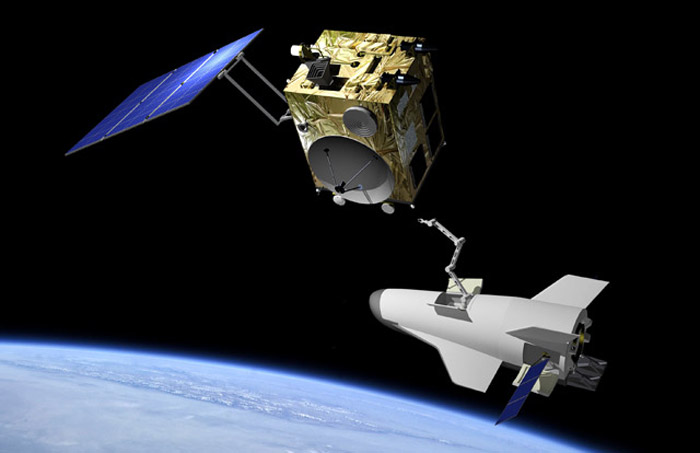
ESA, says Tumino, has confidence in the thermal protection system to be used on the 2t lifting body IXV. The system - consisting of large panels rather than the small tiles that were so problematic on NASA's Space Shuttle - has been extensively tested in the hypersonic Scirocco wind tunnel near Naples.
But the real excitement comes in IXV's follow-on programme, PRIDE - Programme for Reusable In-orbit Demonstrator in Europe. The PRIDE vehicle will be fully orbital and capable of runway landing. It will be designed to orbit small satellites, conduct microgravity or high-altitude research and be deployed for disaster monitoring or to refuel satellites in orbit.
PRIDE is being designed for affordability, stresses Tumino. It is being sized to fit the available Vega rocket, and its small size reduces cost and turnaround time. The concept carries the legacy of the HERMES spaceplane studied by France's CNES space agency and ESA in the 1980s, and the NASA-ESA-DLR X-38 crew return vehicle concept, which was abandoned in 2002.
Ultimately, says Tumino, IXV is "fundamental for any European ambition to return from orbit". Whether that means cargo or ultimately astronauts, the key lies in lessons being learned in thermal protection and aerodynamics from IXV, he adds.
Meanwhile, another thread in the ESA re-entry technology programme remains on hold, pending price negotiations with Orbital Sciences for a launch. The Expert (European eXPErimental Re-entry Testbed) has been waiting, ready to fly, in a clean room at Thales Alenia Space in Turin since its original Spring 2012 suborbital ride on a Volna rocket was withdrawn, after Russia removed the submarine-borne vehicle from civilian launch duties.
Project leader Jose Gavira says a launch by Dnepr - the Ukranian vehicle derived from the SS-18 ballistic missile - may be possible, but it is not certain that the rocket's capability is sufficient. He says Orbital's air-launched Pegasus is first choice, but unlike Volna it is expensive. If price negotiations can be concluded by November-December, there is some chance for a budget go-ahead and launch in 2014.
Expert is a blunt-nosed ballistic capsule fitted with an array of sensors and a system of ceramic steering flaps, intended to validate some basic aerodynamic science and on-ground analysis tools. Lessons taken from its flight test should inform ESA work on re-entry technology, but no specific programme is being held up by delays to Expert, says Gavira.
.
Atmospheric reentry is a cornerstone for a wide range of applications in future space transportation, including next-generation launchers, planetary exploration, sample-return missions, space planes and crew and cargo transportation.
This is why ESA is developing the Intermediate eXperimental Vehicle (IXV) to tackle the basic European needs for reentry, consolidating the knowledge necessary for the development of any future European reentry system while allowing risk limitation.
An IXV model just passed its milestone descent and landing test in Sardenia on June 19, proving that it can be recovered safely after its mission into space.
The real vehicle will be launched from Kourou next year on Vega, Europe’s new small launcher, into a suborbital path, testing new European reentry technologies during its hypersonic and supersonic flight phases.
.
Frams: ESA-Intermediate eXperimental Vehicle (IXV)- Test
.
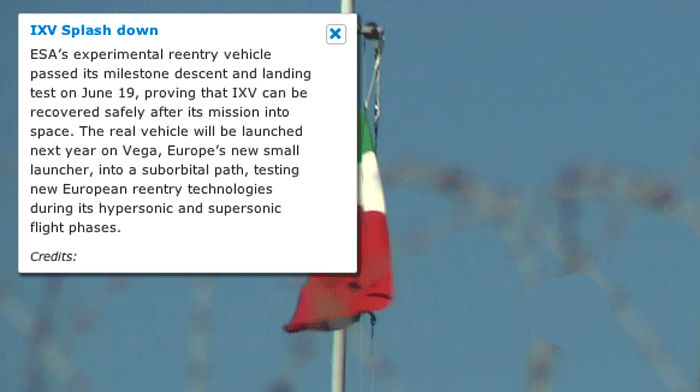
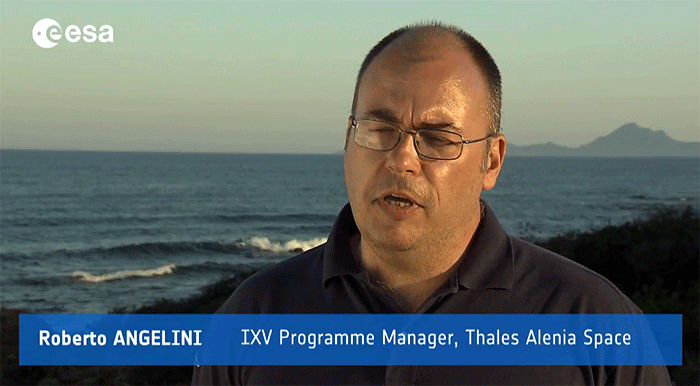

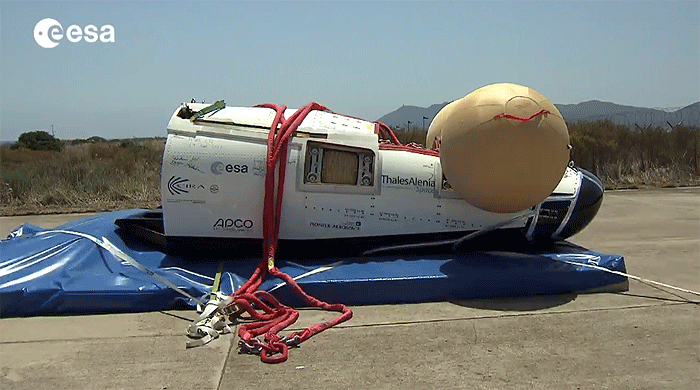












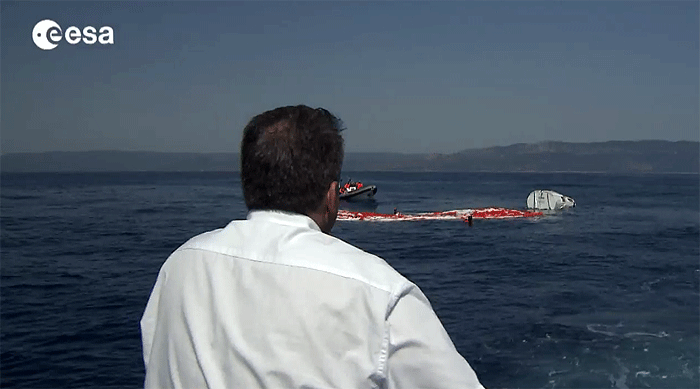
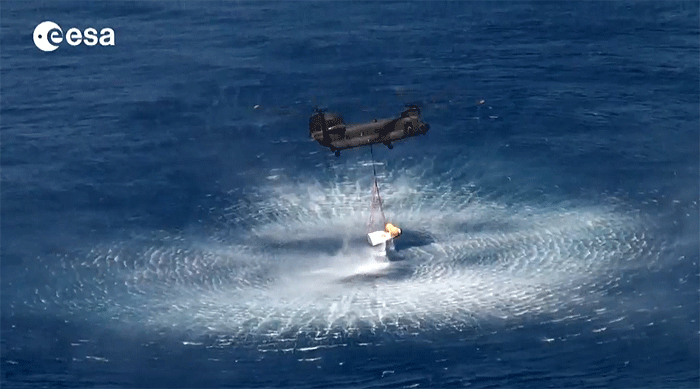

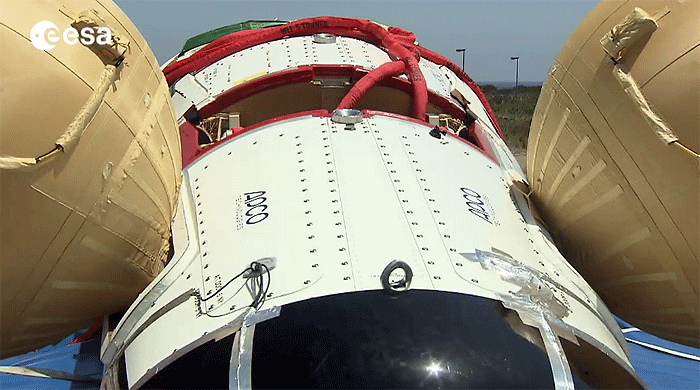
Quelle: ESA
6484 Views
